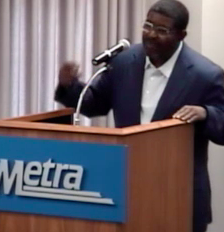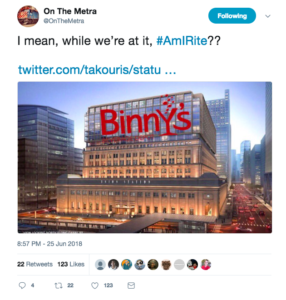Metra riders always seem to have something to complain about. “Hot cars” — where the air conditioning has failed — is the latest passenger peeve.
The problem has been especially acute on the BNSF line, Metra’s busiest, with 94 trains carrying 64,000 riders a day between Aurora and Union Station.
That’s the line where complaints of overcrowded trains erupted in June after a new schedule was introduced.
Tempers boil quickly in standing-room-only cars with 90-degree temperatures.
Riders have lit up Twitter with gripes. Here’s a typical one from Friday morning: “@metraBNSF what the hell BSNF Metra? Nearly every other section of this train has a hot car. It feels like a sauna. When is this being fixed?”
Metra’s been getting the message. On Wednesday, Metra’s board of directors summoned the BNSF to explain the cause of the distress. The Fort Worth, Texas-based BNSF Railway operates the line under contract to Metra.
Sherwin Hudson, the head of the BNSF line’s mechanical department, apologized for the problems. He attempted to explain that there were several reasons for the “hot cars,” including a lack of repair shop time availability, a personnel shortage, and clogged condensers on the AC units.
“They clog very easily,” Hudson said. “It is our leading cause.”
On any day, Hudson said, 12 to 14 of the 211 coaches in the BNSF line’s fleet are experiencing problems with air conditioning, with many cars having…

